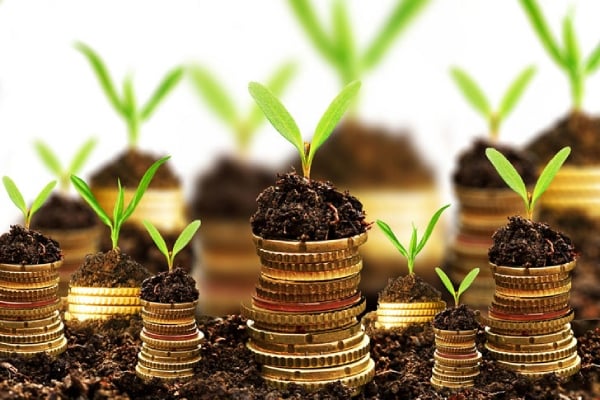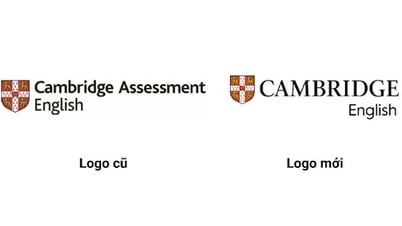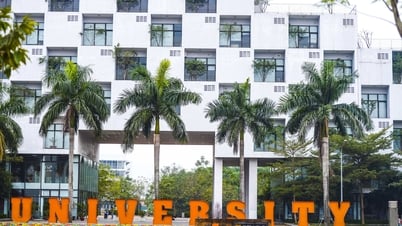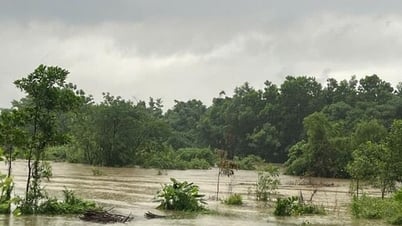Potential and inevitable trend
The global sustainable finance market is witnessing strong growth, with the total size of sustainable bonds reaching about 1,100 billion USD, of which the Asia- Pacific region accounts for 238 billion USD (equivalent to 23%).
According to experts, the rapid expansion of the sustainable bond market is the result of a “logical evolutionary chain” from green bonds, social bonds, sustainability bonds to sustainability-linked bonds and convertible bonds.
In Vietnam, the bond market has tripled in size over the past decade, from $40 billion in 2015 to more than $140 billion. However, green bonds account for less than 1%.
The size of Vietnam’s bond market accounts for only about 27% of GDP – a modest level compared to many countries in the region. According to calculations, if it reaches the regional average, the market can absorb more than 15 billion USD in sustainable bonds.
Although Vietnam's sustainable finance market is still in its early stages of development, it is assessed to have great potential for breakthrough if the legal framework and appropriate support policies are soon completed.

At the recent workshop "Vietnam Sustainable Finance 2025: Meeting international and Vietnamese green standards", Mr. Bertrand Jabouley - Director of Sustainable Finance Asia - Pacific , S&P Global Ratings said that since 2021, Vietnam has started issuing sustainable financial products such as green bonds, blue bonds, contributing to creating a foundation for this market. However, to go further, more drastic actions are needed from both the public and private sectors.
Mr. Bertrand emphasized that to succeed on the journey towards sustainable development, Vietnam needs a strong commitment from the Government to national goals such as Net Zero and nationally determined contributions (NDCs).
A transparent regulatory system that acts as a fair arbiter is key. At the same time, the State needs to establish economic incentives such as subsidies, tax incentives and enhance regional cooperation – especially in the development of interconnected power grids. In addition, it is necessary to enhance the capacity of stakeholders and encourage innovation in sustainable solutions.
“Sustainable development is not just about reducing carbon emissions but also includes protecting water resources, ecosystems and controlling environmental pollution,” Mr. Bertrand noted.
Barriers to be removed
From the perspective of the management agency, Mr. Vu Chi Dung - Director of the Department of International Cooperation, State Securities Commission said that Vietnam has initially completed the legal framework by issuing a handbook on issuing green bonds according to ASEAN standards. However, the market still faces difficulties due to the lack of an official green classification list, specific technical guidelines and a synchronous legal framework.
Mr. Nguyen Tung Anh - Head of Credit Research and Sustainable Financial Services, FiinRatings, commented that banks are currently the leading group in issuing green bonds. Some non-bank organizations have also completed internal preparations but are still hesitant to issue due to the lack of a green classification list, leading to the risk of being classified as "inappropriate" when the full legal framework is issued.
In addition, green loans are now becoming more popular thanks to flexible lending mechanisms and interest rate support from banks and international financial institutions.
"For the sustainable bond market to truly take off, it is necessary to develop a synchronous green classification portfolio, incentive mechanism and impact assessment system. It is forecasted that from 2025, when complete legal frameworks are issued, the green and sustainability-linked bond market will become more vibrant," said Mr. Tung Anh.
Pointing out the difficulties from the business side, Mr. Bui Quang Duy - CFA, Deputy Head of Climate Finance Investment Department of ResponsAbility Investments AG said that the biggest challenge is the ability to integrate climate change adaptation strategy into core operations and the lack of a clear criteria system to measure “green” efficiency. This reduces transparency and reliability in the capital mobilization process.
Small and medium-sized enterprises are particularly disadvantaged due to a lack of capacity to develop green finance frameworks, prepare impact reports and disclose information as required.
From the issuer side, Mr. Pham Ngoc Khang - General Director of Home Credit Vietnam said that non-bank financial institutions face challenges in building a clear ESG strategy while ensuring financial efficiency. In addition, the lack of specific standards for this group, as well as policies to encourage sustainable consumption for mass customers, is making it difficult for them to access green capital.
Despite many challenges, experts all see that the sustainable finance market in Vietnam is facing great opportunities. Mr. Nguyen Dinh Tho - Deputy Director of the Institute of Strategy and Policy on Agriculture and Environment, informed that the Ministry of Finance is coordinating with relevant agencies to soon issue a green classification list, at the same time studying tax incentives and improving the investment environment to attract domestic and foreign capital.
He also proposed diversifying sustainable financial instruments such as convertible bonds, sustainability-linked bonds, sustainable loans... to suit the diverse needs of investors and businesses.
Source: https://doanhnghiepvn.vn/kinh-te/tai-chinh-ngan-hang/thi-truong-tai-chinh-ben-vung-cho-cu-hich-chinh-sach/20250623094935690






![[Photo] Party Congress of the Central Internal Affairs Commission for the 2025-2030 term](https://vphoto.vietnam.vn/thumb/1200x675/vietnam/resource/IMAGE/2025/6/23/5bf03821e6dd461d9ba2fd0c9a08037b)
![[Photo] Prime Minister Pham Minh Chinh holds meeting to launch exhibition of national achievements to celebrate 80th National Day](https://vphoto.vietnam.vn/thumb/1200x675/vietnam/resource/IMAGE/2025/6/23/0c0c37481bc64a9ab31b887dcff81e40)




























![[Photo] Conference to disseminate the implementation of the Plan to promote digital transformation to meet the requirements of restructuring the political system's apparatus](https://vphoto.vietnam.vn/thumb/1200x675/vietnam/resource/IMAGE/2025/6/23/4744403cccd144b79086799e2ceb686e)





































































Comment (0)